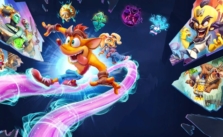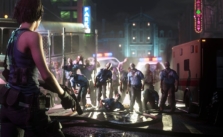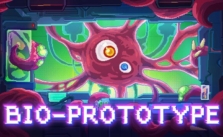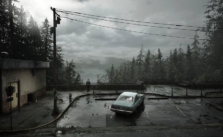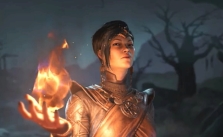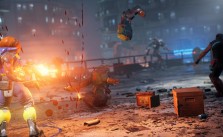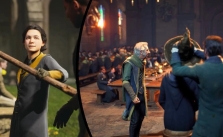Will Tears of the Kingdom Revolutionize Gaming (Again)?

Last week, Nintendo found it in their hearts to show us the first ten minutes or so to the swiftly approaching follow-up to The Legend of Zelda: Breath of the Wild. Presented by the Zelda series’ producer, Mr. Aonuma, the short broadcast set some pretty solid expectations for what we’ll get when the game lands early next month.
And it looks like it’s going to change everything all over again.
What do I mean by that? Well, when Breath of the Wild was released in 2017, it kind of left a gaping crater in the middle of the video game industry. Nintendo’s army of programming and design wizards had created something that was all at once faithful to the previous games in the series, completely unique, and incredibly influential to everything that came after. And it was developed for what is essentially a handheld.
That game blew people’s minds, and it wasn’t long before new games were being shown off that had mechanics clearly inspired by the latest Zelda adventure. I remember seeing the aerial slow motion bow aiming system pop up in trailers for Assassin’s Creed Origins and some other games as I was still making my way through the ruins of Hyrule. Combine that with BOTW’s approach to freestyle gaming with elemental and physics simulations, and the rest is history.
But that was six years ago. Surely in that time games have surpassed BOTW to become the dominant video game experience? For some, maybe, but I haven’t really had anything grab me and consume me like that game did since then, which is a little depressing to think about.
So when “The Sequel to Breath of the Wild” was announced with a teaser trailer that looked darker, grittier, and maybe even a little scary, I was overwhelmed with hype. Breath of the Wild wasn’t exactly a frolic through a field of flowers all of the time, but the majority of the game was bright and colorful. And then the long wait began.
But here we are a few years later with some actual gameplay, and… it kind of looks the same. In terms of graphics, there doesn’t seem to be any kind of improvement, and the surface of Hyrule looks like it’s probably only had minor tweaks and adjustments. That same bright and colorful feeling is there as well, though that cutscene we saw in the first teaser has to be in there somewhere.
I’ll admit I was a little disappointed at those first minute or so of gameplay, but then the camera panned up to reveal entire landmasses floating among the clouds.
And you can go there. Without loading screens.

Somehow, they managed to keep the entire massive open world from the first game, and layer another one on top of it high in the sky while maintaining a playable framerate. It’s very impressive, and watching the Recall ability be used to reach the sky islands made something awaken inside me, that hype I felt six years before when I first exited the cave to see all of Hyrule before me.
The demo went on to show an absolutely insane take on the survival/crafting systems that have become commonplace in video games lately, in which you can bolt any item to anything to create tools or weapons. Two long sticks can be combined to form an extra-long stick, a boulder can be attached to a stick to create a hammer that doesn’t break after three hits, and a smoke bomb can be attached to a shield to create a diversion.
But that’s not all, you can also create makeshift vehicles by combining things with ancient technology in logical ways to solve puzzles. The presentation showed a raft being assembled to cross a river that was too wide to swim through.
The Legend of Zelda: Tears of the Kingdom looks like it will have the kind of freedom of creation that made Minecraft so popular, but in a triple-A game from one of the biggest video game companies on the planet. Only time will tell if it ultimately convinces other game developers to give their players that kind of freedom, but I think the sales numbers TOTK will have will make some board members shake their fists and have publishers scrambling for ways to replicate it.


